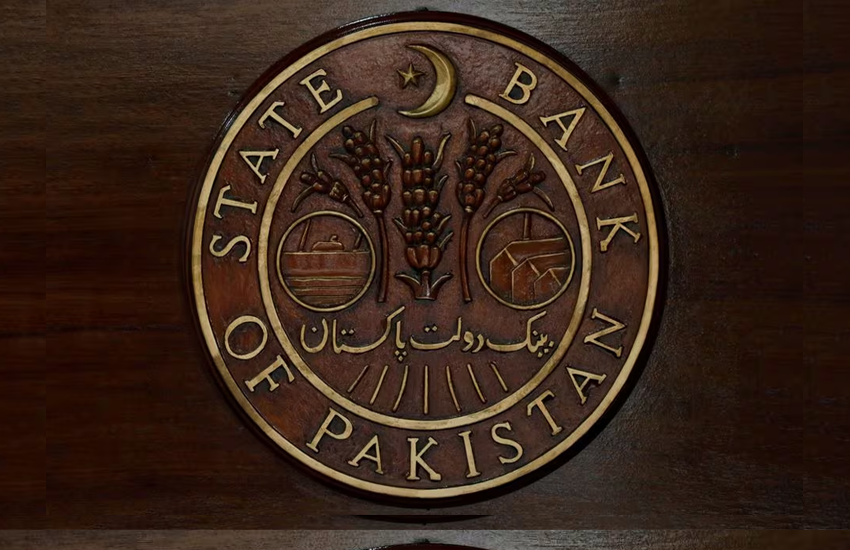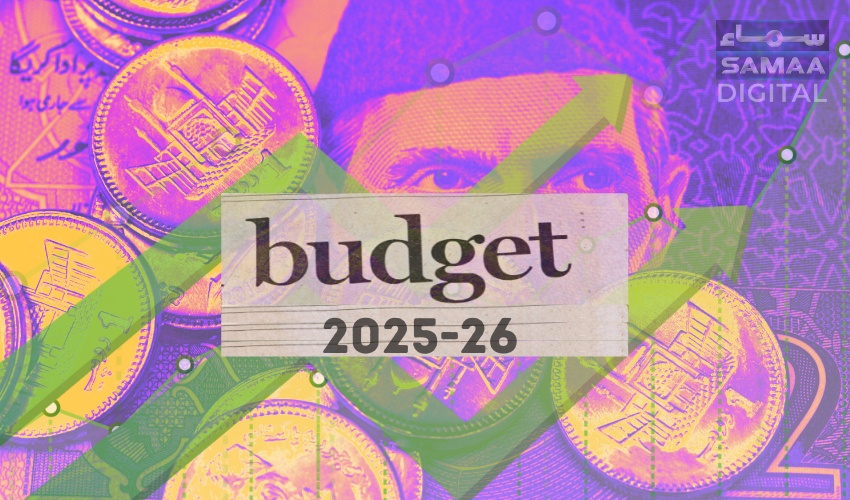The Monetary Policy Committee (MPC) of the State Bank of Pakistan (SBP) announced on Monday its decision to maintain the policy rate at 22% for the sixth consecutive meeting.
The unanimous decision aligns with market expectations, with the majority of market participants anticipating a rate pause. The Committee underscored the significant improvement witnessed in both inflation and external position, attributed to the efficacy of stabilization measures amidst a moderate economic recovery.
However, concerns persist as the level of inflation remains elevated.
Global commodity prices have shown signs of stabilization alongside resilient global growth, yet recent geopolitical events inject uncertainty into the outlook. Furthermore, forthcoming budgetary measures could potentially impact the near-term inflation trajectory.
The MPC remains steadfast in its commitment to steering inflation down to the target range of 5–7% by September 2025, emphasizing the continuation of the current monetary policy stance.
Real sector overview
Recent data supports the MPC's earlier projection of a moderate economic recovery, with real GDP growth anticipated to range between 2 to 3% for the fiscal year. The agricultural sector emerges as a key driver, boasting robust growth of 6.8% in the first half of FY24, fueled by increased harvests in rice, cotton, maize, and wheat.
In contrast, the industrial sector witnessed a marginal decline of 0.5% in July-February FY24, a notable improvement from the 4% contraction recorded in the same period last year. The services sector growth, however, fell slightly below expectations, reflecting subdued demand dynamics.
Despite these challenges, the MPC anticipates a rebound in value-addition from both manufacturing and services sectors in the forthcoming months, bolstered by improved capacity utilization and business sentiments.
External sector dynamics
The external sector presents a mixed picture, with the current account registering a sizable surplus of $619 million in March 2024, surpassing expectations. This surplus is primarily attributed to a surge in workers' remittances during the Eid season.
Cumulatively, the current account deficit has narrowed significantly by 87.5% to $0.5 billion during July-March FY24 compared to the corresponding period last year. Steady growth in exports, particularly in rice, coupled with reduced imports due to enhanced domestic agriculture output and moderate economic activity, have contributed to this favourable trend.
The SBP has managed to make substantial debt repayments, including a $1 billion Eurobond while maintaining foreign exchange reserves of around $8 billion. The MPC underscores the importance of further bolstering FX reserves to fortify the country's resilience against external shocks and to support sustainable economic growth.
In summary, the decision to uphold the policy rate reflects the SBP's commitment to fostering economic stability amidst evolving global and domestic dynamics, with a keen focus on achieving long-term inflation targets and bolstering external buffers.



























